3D Chessboard (2007-2021)
Folded from one uncut square of white and black unryu
Crease pattern: Below
Diagrams: No
3D Chessboard: “First fold a spider, then make it hug.”
That date range isn’t a typo! I first started designing a chessboard in 2007. It was one of my last major projects before I largely took a break from origami from ~2008-2020, and one of the first projects I picked back up.
What is a 3D chessboard? Imagine a chessboard where each square is sunken in. Maybe it’s a chessboard you can take on a rocky sailboat and not worry about the pieces falling off. Maybe you need a box for your 64 different small things of the same size. Why fold one? Because there are already many great origami chessboards out there (John Montroll, Marc Kirschenbaum, Jason Ku), and because it allowed me to use the spider technique.
For a long time, when I’ve been designing inanimate objects, I’ve thought about them as if they were animals. This one takes some explaining. Consider a black and white chessboard. Now think about only the black squares. If you smooth out the squares into lines, it starts to look like a spider. So I set out to fold a chessboard by first folding a spider. I just had to puff out the legs into squares and use the remaining paper as the backing and border to create the white squares. Easy!
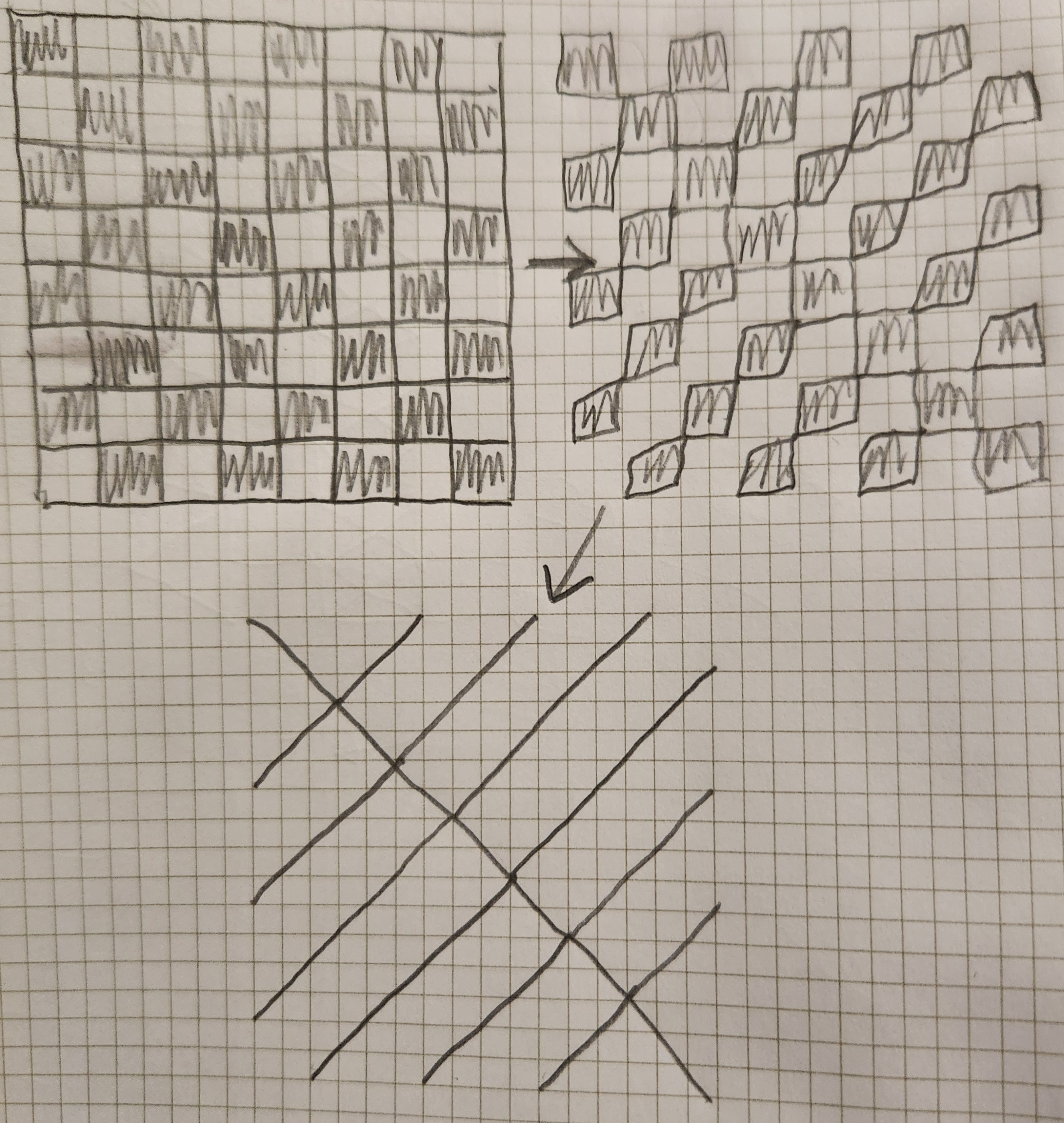
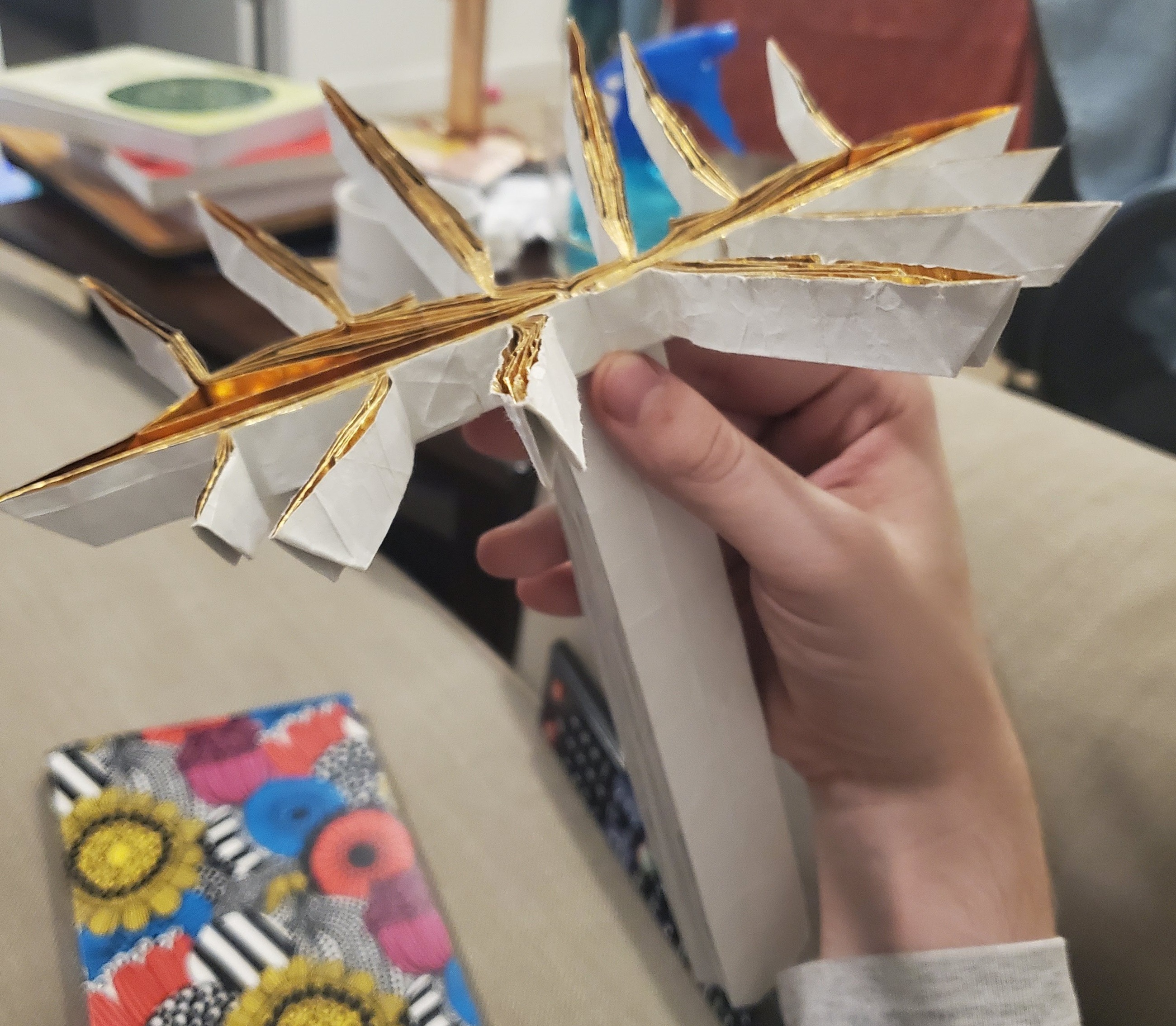
…
14 years later…
It turns out this was not the easiest way to approach an origami chessboard. I decided to scrap the design and take a new approach: Go back to that second image of just the black squares, and arrange the edge of the paper so it coincides with the edges of all of those black squares. In the end, the legs of the spider start at the edge of the board and reach in to the middle. (Or as I deliriously texted Brian Chan in my eureka moment: First fold a spider, then make it hug.)
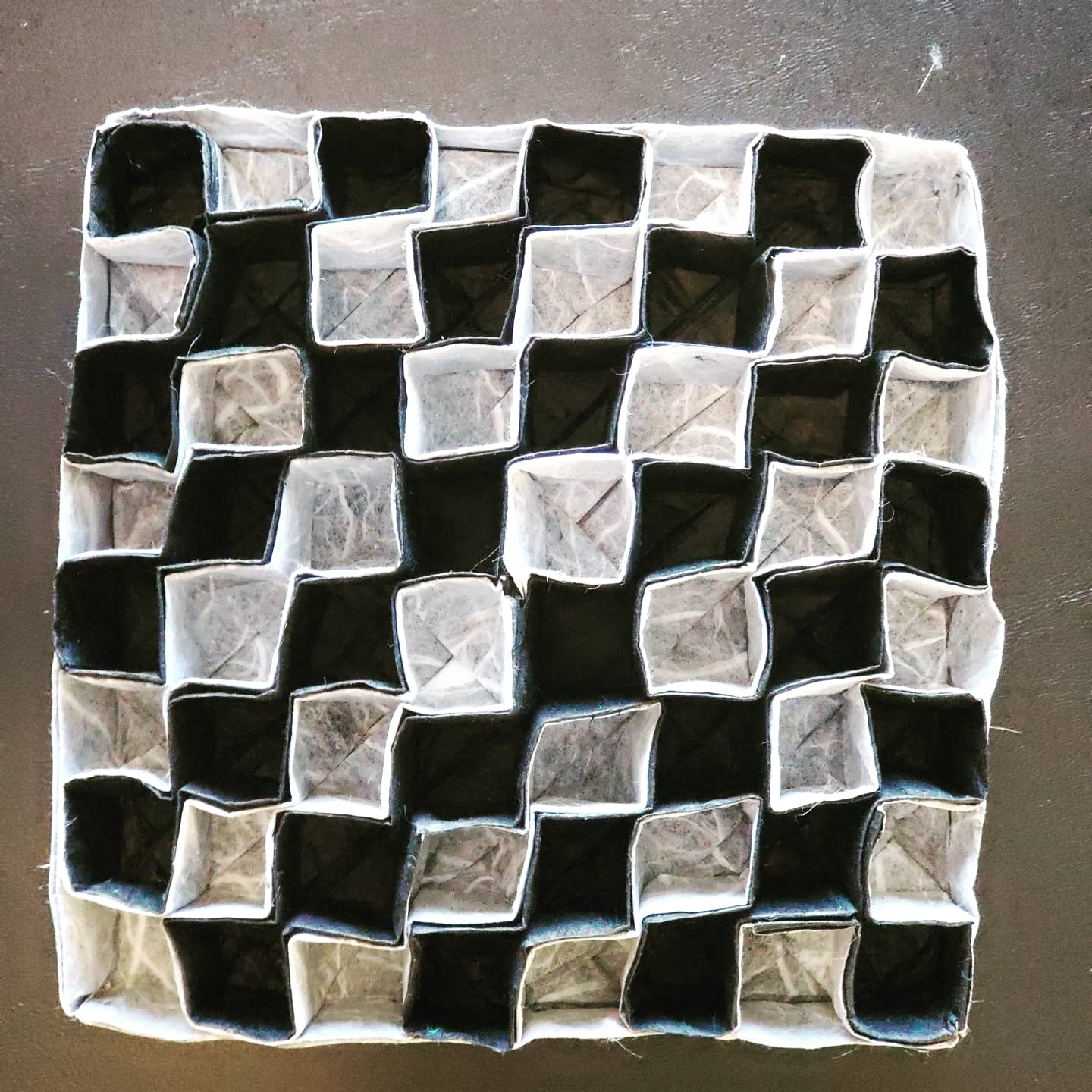
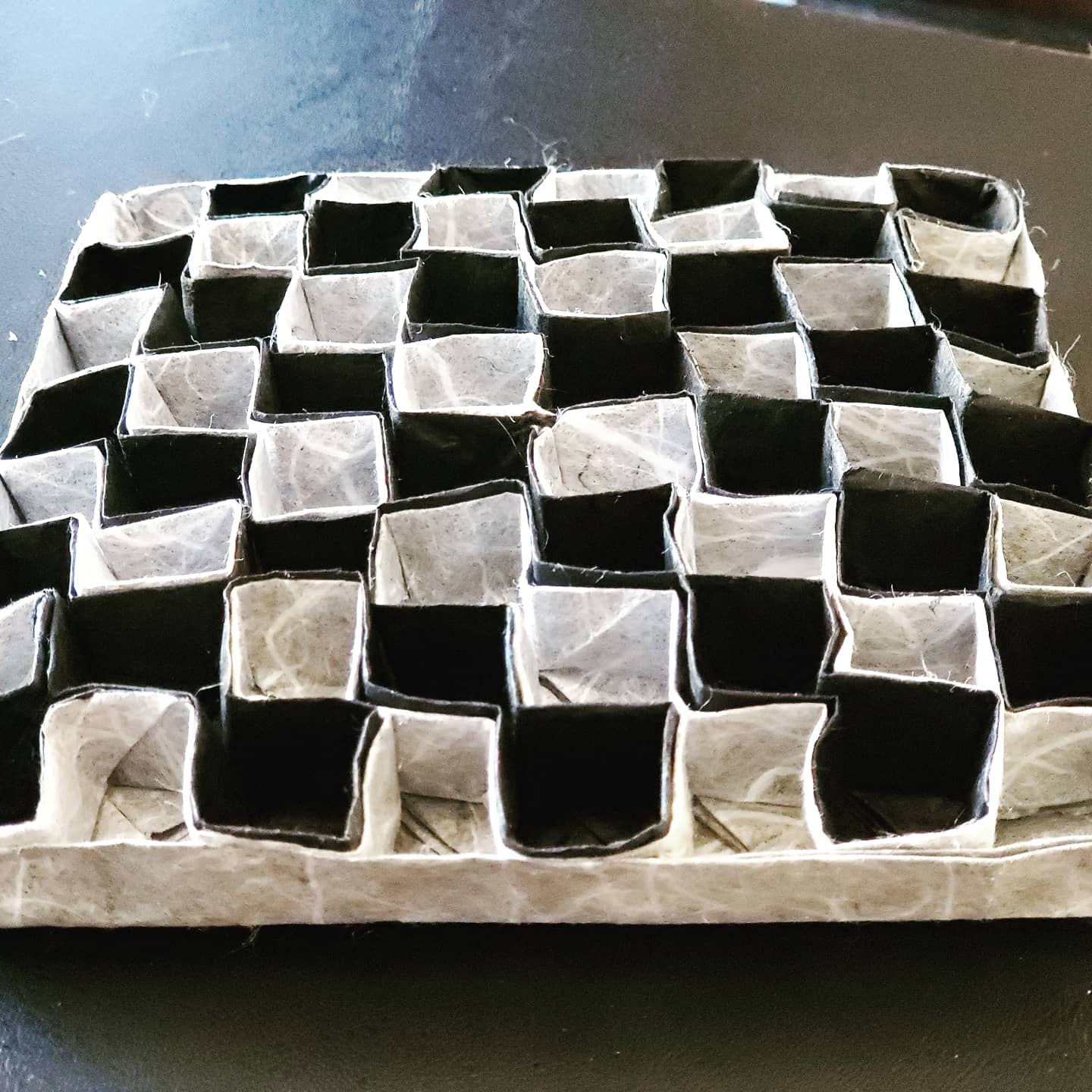
The crease pattern below is folded from 34ths, and dashed lines refer to creases that do not lie flat, but at a 90° angle. (Thanks to Jason Ku for advice on this point.)
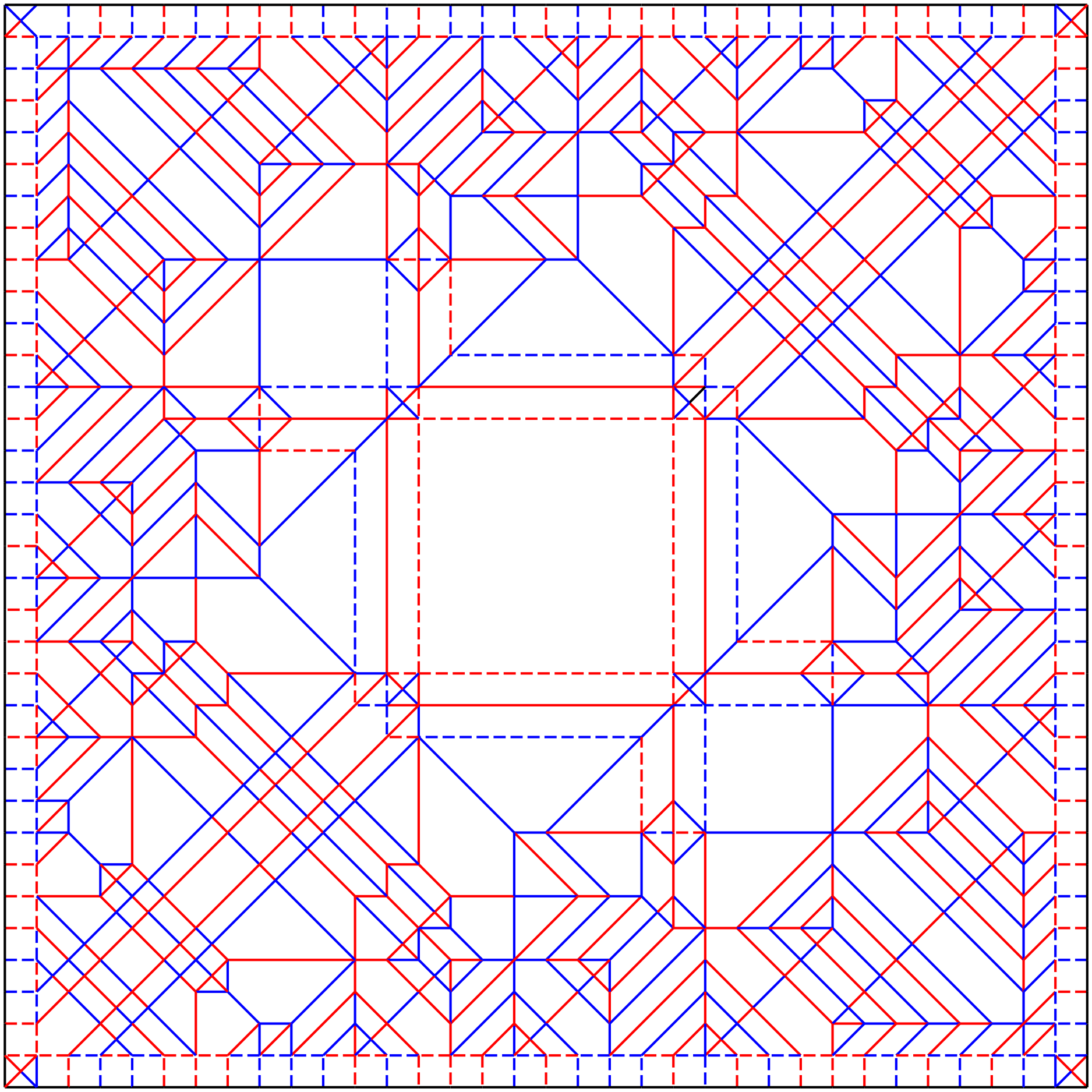
Finally, as I write this page I just realized I actually designed a regular chessboard as well all along! This is the same design, but minus the strip around the perimeter that makes the board 3D, and minus the 90° folds in the center. For anyone keeping score about origami chessboard efficiency, this is folded from a 32nds grid and has plenty of edges in the middle of the squares, so pretty middle-of-the-road. But not bad for one that’s secretly a spider giving a hug!
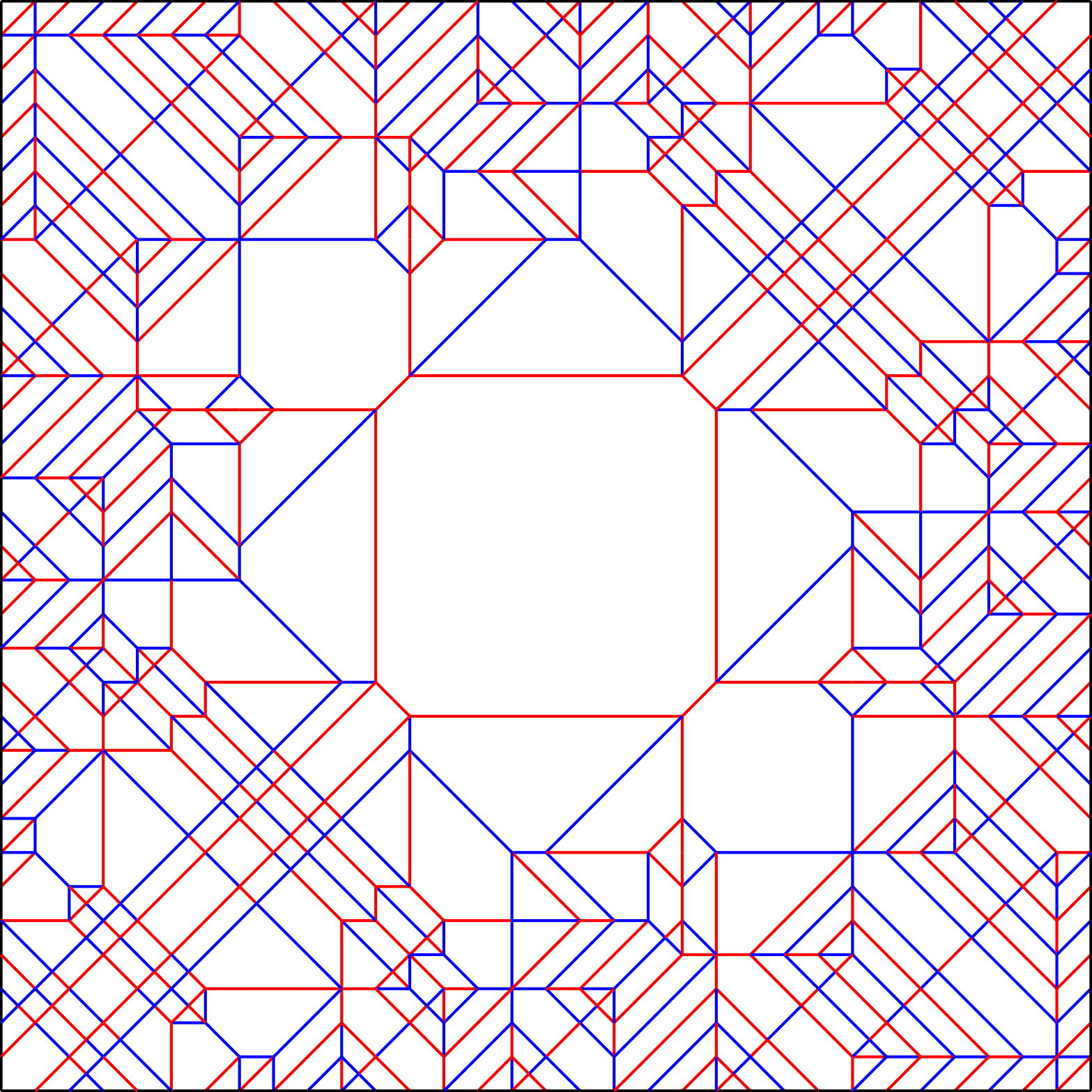
Leave a Reply